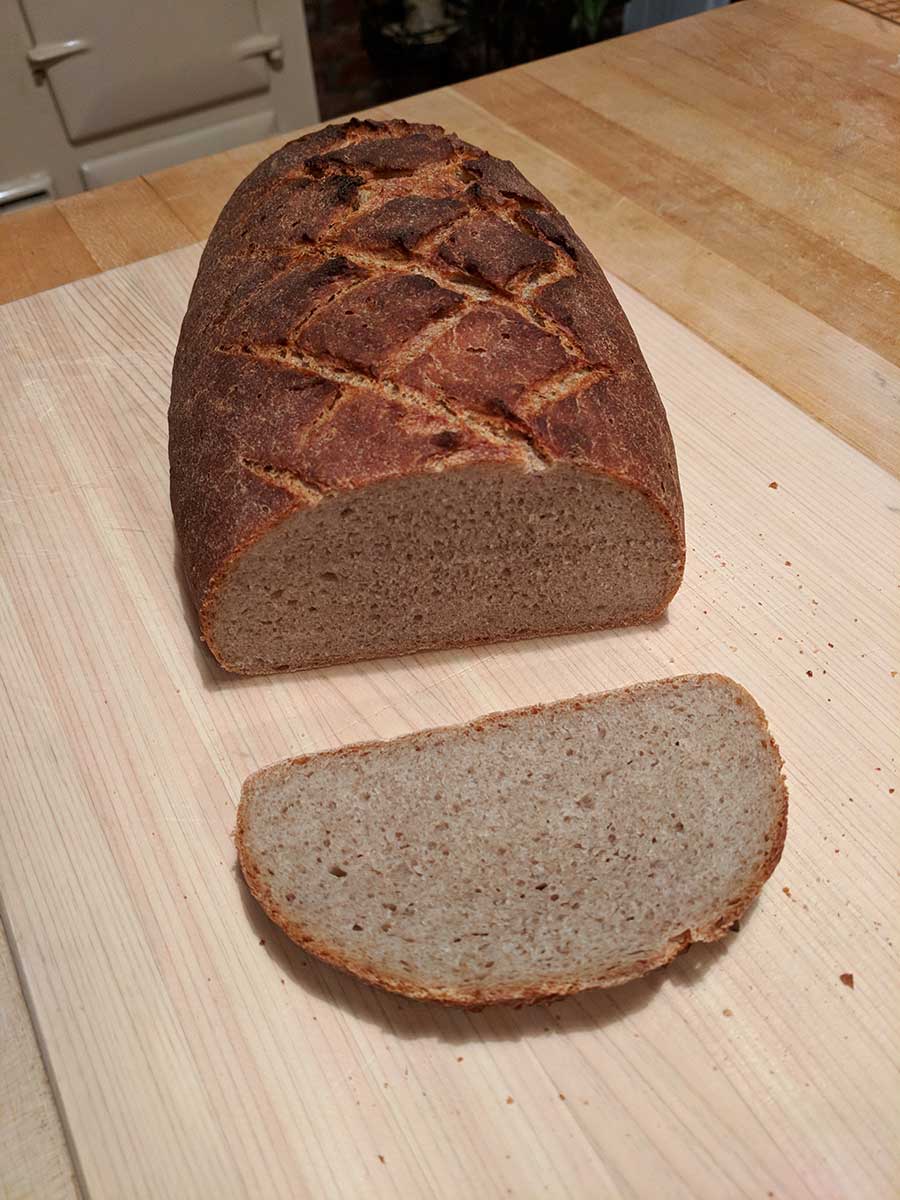First, in order to bake great bread repeatedly, you need to weigh your ingredients - it's the best way to get accurate results. Think about it - if you scoop a cup of flour out of the bag, it might weigh 5 oz. But if you spoon the flour into the cup, it might weigh 4 oz. That's a 20% difference. A good digital thermometer will also be very useful.
If you want to try an easy overnight bread, here is an adaptation form Ken Forkish's book
Flour, Water, Salt, Yeast...:
https://www.breadexperience.com/sing-to-me-my-bread-crackle-sweetly-in/
This is probably not like your grandmother's bread, but it is a very nice crusty bread.





